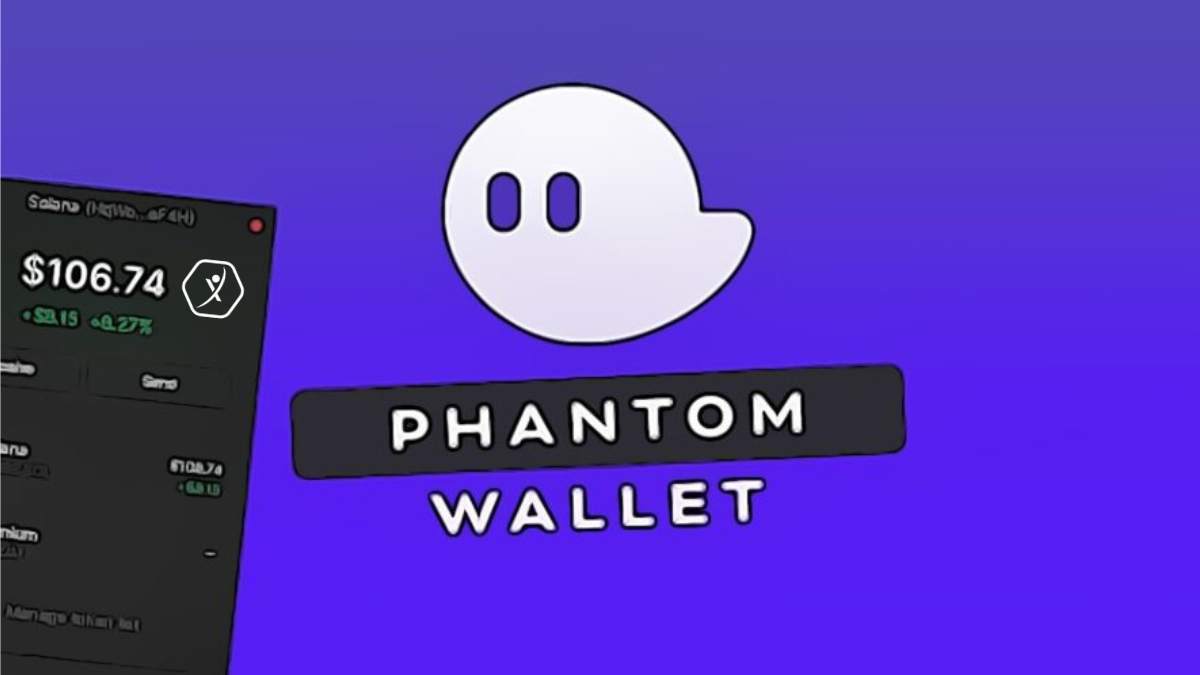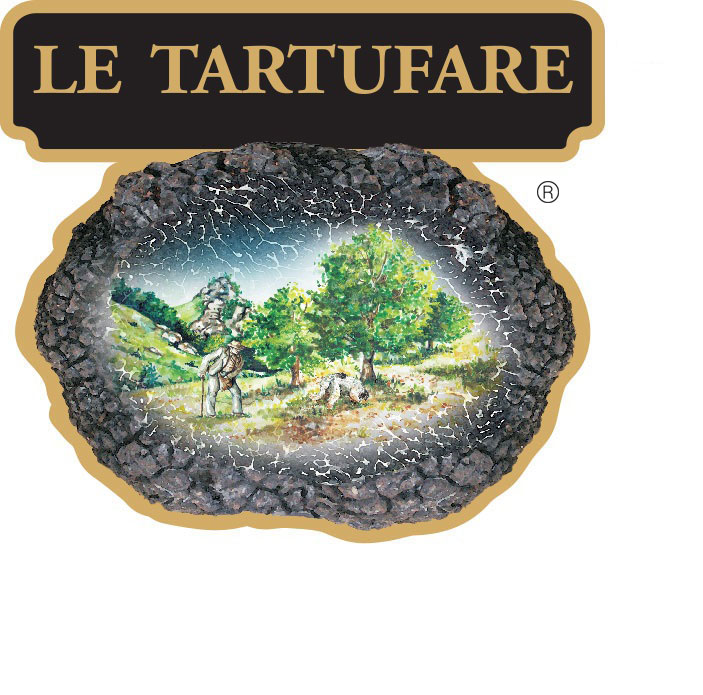Okay, so check this out—I’ve been poking around the Solana ecosystem for a minute now, and honestly, the way you interact with DeFi on Solana via browser feels like a whole new frontier. Seriously? It’s like stepping into a digital Wild West, where speed and security matter as much as your gut feeling about the next big move.
My first impression when I stumbled on phantom was, “Whoa, this could actually be the missing piece.” A wallet that’s not just a wallet, but an integrated browser extension that makes tapping into Solana’s dApps feel seamless, fast, and secure? Count me intrigued.
Now, here’s the thing. At first glance, all browser extensions for crypto wallets seem kinda similar, right? But then I started noticing some subtle differences that made Phantom stand out, especially when you’re juggling multiple DeFi projects on Solana. It’s not just about storing tokens—it’s about how effortlessly you can interact with the ecosystem.
Hmm… something felt off about my previous wallets—they were clunky, and sometimes I’d trip over latency or weird user flows that made me second-guess transactions. Phantom, though? It’s slicker, and honestly, the UX shows the kind of polish that’s rare in crypto tools.
More on that in a sec, but first, let me backtrack a little.
When I first started using Solana, my instinct said to keep it simple. I mean, Solana’s speed is legendary—transactions settle in milliseconds—but without the right tools, that speed doesn’t mean much. My old wallet setup was pretty basic. I’d have to jump between tabs, copy-paste addresses, double-check transaction hashes—it was tedious and frankly, very very error prone.
Phantom’s browser extension changed that narrative. It embeds right into Chrome (and other Chromium-based browsers), so when you’re on a Solana DeFi app, it just pops up. No need to leave the page or wrestle with clunky popups. That tight integration feels like someone finally got the memo that crypto UX shouldn’t be a headache.
But here’s a curiosity—while Phantom is praised for its simplicity, it’s actually packed with features that cater to more advanced users. You get token swaps, staking options, and NFT management all in the same place. I wasn’t expecting that breadth in a lightweight extension. Kinda blew my mind, to be honest.
Still, I’m a bit cautious about browser extensions in crypto. Security is a big deal, and I’m not talking about just basic encryption. I actually dug into how Phantom handles private keys and transaction signing. Turns out, your keys never leave your device, and the signing process happens locally—no funny business on remote servers. That gave me some peace of mind, but I’m not 100% sure it’s foolproof. Nothing ever is, right?
On one hand, this local key management is a huge plus. On the other, it means you gotta be super careful with your device and backups. Lost device, lost keys. No middleman to call. That part bugs me a little, but hey, that’s crypto for ya.

Check this out—when you dive into the dashboard, Phantom’s clean layout stands out immediately. You see your balances, recent transactions, and easy access to staking pools all in one glance. It’s like having a personal assistant that’s also a crypto nerd.
What really surprised me was the community vibe around Phantom. It’s not some faceless corporate project; it feels like a collective effort with active feedback loops. Updates roll out often, and they listen to user concerns. That’s kinda rare in the crypto world, where many projects launch and ghost.
Speaking of community, Phantom supports a bunch of Solana-based tokens and NFTs without you having to fiddle with custom settings. I tried adding some obscure tokens, and it just worked. No manual contract addresses or weird workarounds. That was a relief.
Now, this part might be a little technical, but stick with me. Phantom leverages Solana’s unique architecture to minimize transaction fees and latency. That means your trades or transfers happen quickly and don’t eat up your SOL tokens with high fees like you might see on Ethereum. Something that’s very very important if you’re active in DeFi or NFT trading.
Okay, so here’s a small tangent—while I love Phantom, it’s not perfect. The extension occasionally glitches in my experience, especially when I have multiple wallet tabs open. Sometimes it takes a few seconds to sync transactions, which can feel like an eternity when you’re watching market moves. But hey, no tool is flawless, and this is still way better than alternatives I’ve used.
Another quirk: Phantom’s multi-device support is still evolving. If you switch machines often like me, you need to be diligent about seed phrases and backups. It’s not as seamless as cloud-based wallets, but that tradeoff is about security versus convenience.
Why Phantom’s Browser Integration Matters
So, why does having a browser extension like Phantom matter so much on Solana? The answer lies in how you interact with decentralized apps. Without a native wallet extension, you’re forced to rely on clunky web wallets or manual key management. That ruins the flow and adds friction.
Phantom makes it frictionless. When you visit a Solana-based DeFi site, Phantom detects it and lets you sign in instantly. No extra downloads, no redirecting to external apps. It’s that simple. If you’re deep into Solana’s ecosystem, this ease of access can save you tons of time and headaches.
Plus, Phantom supports advanced features like custom transaction memos and multisig setups, which are handy for more serious traders or teams. That’s not something I expected from a browser extension, honestly.
Here’s a quick personal anecdote: I once had to urgently unstake tokens to take advantage of a market dip. Doing it through Phantom was way smoother than my previous experience. The transaction was nearly instant, and I could monitor the status right in the extension without juggling apps. That kinda responsiveness is a game changer.
One last thing—I’ve seen folks worry about browser extensions being attack vectors. That’s a legit concern. Phantom mitigates this by open-sourcing parts of its code, which means the community can audit it. I’m biased, but transparency like that is reassuring in this space.
So yeah, if you’re looking to dive deeper into Solana DeFi and want a browser extension that’s both powerful and user-friendly, Phantom is definitely worth checking out. Honestly, it’s probably the best bridge between user experience and Solana’s blazing-fast blockchain.
Sometimes I wonder how far these wallets will go. Will they stay simple, or get bloated with features? Phantom seems to strike a good balance for now, but I’m curious where it’ll be a year from now.
Common Questions About Phantom and Solana Browser Integration
Is Phantom safe to use as a browser extension?
Phantom keeps your private keys on your device and handles transaction signing locally, which enhances security. However, always keep your seed phrase secure and be cautious about phishing sites.
Which browsers support Phantom?
Phantom primarily supports Chromium-based browsers like Google Chrome, Brave, and Microsoft Edge. Support for Firefox is limited currently.
Can I manage NFTs with Phantom?
Yes! Phantom has built-in support for Solana NFTs, making it easy to view, send, and receive your digital collectibles right from the extension.
Does Phantom allow token swaps within the extension?
Indeed, Phantom integrates token swap functionality, letting you exchange supported tokens directly without leaving your browser.
